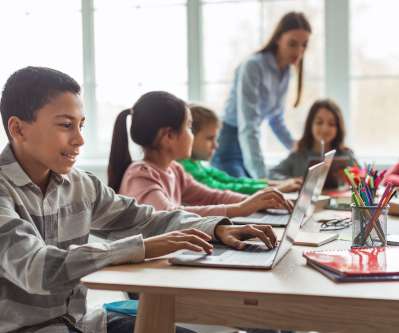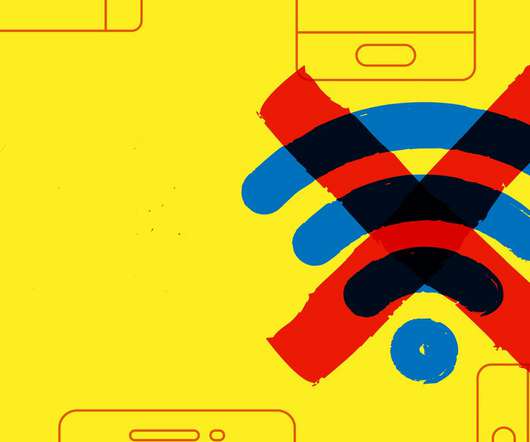How Students Respond to Digital Media in the Classroom
EdTech4Beginners
NOVEMBER 6, 2019
Digital media has a tremendous impact on young minds — in fact, it’s transforming the education system itself. Students receive personal devices, like a tablet or laptop, to use as part of the curriculum. Here’s how digital media has an impact in the classroom — and how it might shape the future of education.

























Let's personalize your content